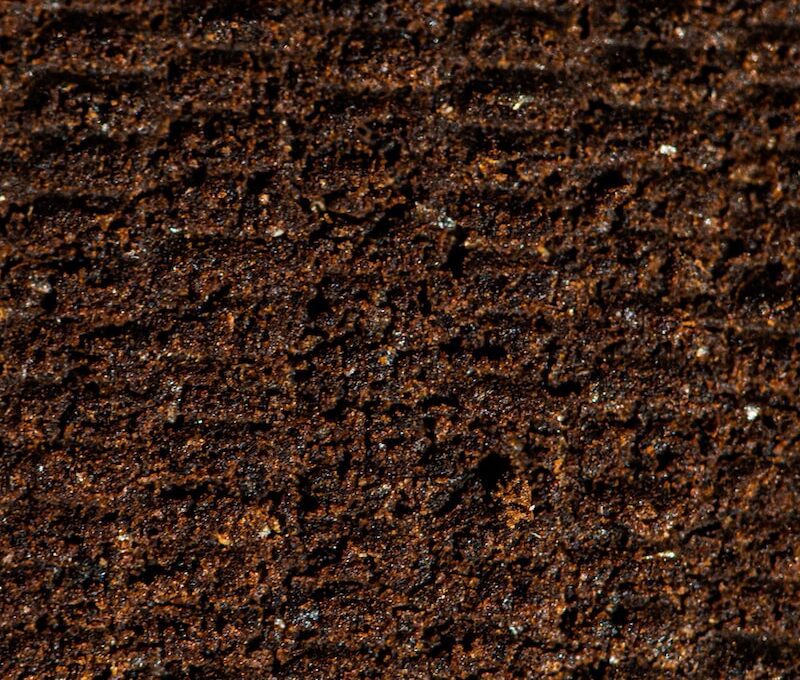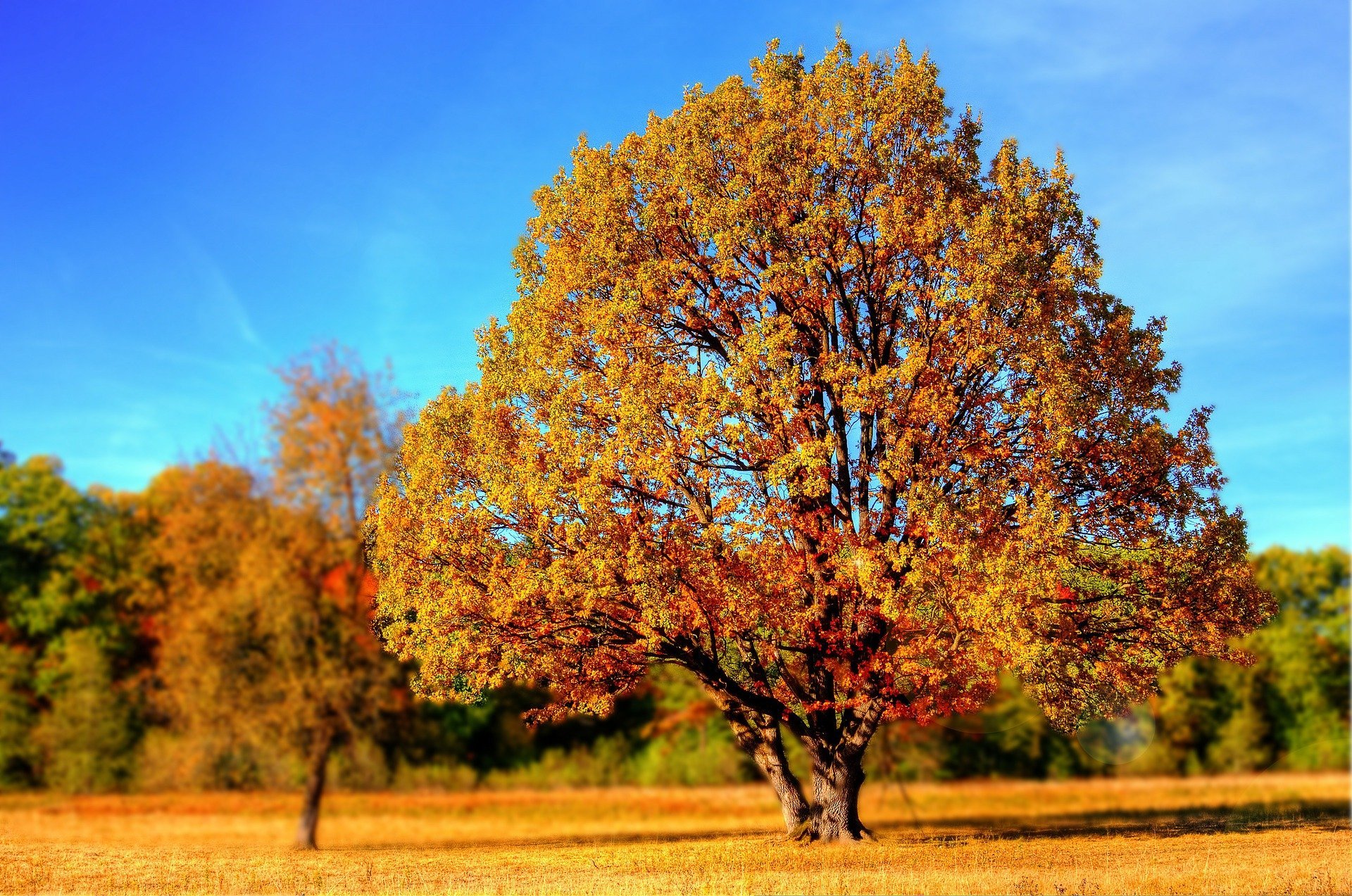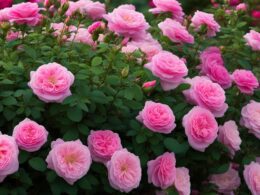Benefits of Coffee Grounds for Plants
You might be surprised to learn that used coffee grounds can actually provide numerous benefits for your plants! They’re a great source of organic matter and nitrogen, which help to improve soil structure and fertility. As the coffee grounds break down, they release nutrients into the soil that your plants need to grow strong and healthy. In addition to providing essential nutrients, coffee grounds can also help with pest control in your garden. It turns out that many insects and pests don’t like the smell of coffee, so sprinkling some grounds around your plants may deter pesky bugs from munching on them. Plus, using coffee grounds as a natural pesticide means you’re keeping harmful chemicals away from your precious plants – and that’s always a good thing! But wait, there’s more! Coffee grounds can even improve water retention in your soil. They have an incredible ability to absorb moisture – up to three times their own weight in water! This means that when you mix some used coffee grounds into your garden soil or potting mix, it’ll hold onto water better, giving your plants a consistent supply of moisture without causing them to become waterlogged. So go ahead – put those spent coffee grounds to work in your garden. Not only will you be recycling a waste product, but you’ll also be providing essential nutrients and protection for your beloved plants.Potential Drawbacks of Excessive Coffee Grounds Use
While using coffee grounds for your plants can be beneficial, you should also be aware of the potential drawbacks of excessive use. Too many coffee grounds can lead to high acidity levels, over-fertilization risks, and possible fungal growth. So, it’s essential to find a balance when incorporating this natural resource into your gardening routine.Acidity levels
It’s important to consider acidity levels in your soil, as an imbalance can wreak havoc on your precious garden. When you’re using coffee grounds, be aware that they can potentially alter the pH level of your soil. Used coffee grounds are typically acidic, which means they can lower the pH level of your soil and make it more acidic. While some plants thrive in acidic conditions, others may struggle to grow or become more susceptible to diseases. To keep things safe for all your plants, it’s a good idea to test the pH level of your soil before adding coffee grounds. If you find that your soil is already on the acidic side, you might want to limit how much coffee grounds you use or mix them with other organic materials like compost or leaf mold to balance out their acidity. By being mindful of these potential issues and monitoring the acidity levels in your garden, you can ensure a healthy environment where all types of plants will flourish.Over-fertilization risks
Beware of over-fertilizing, as piling on heaps of coffee grounds can inadvertently lead to nutrient imbalances, harming your cherished greenery. Too much of a good thing can be harmful, and this is especially true when it comes to fertilizing your plants with coffee grounds. Over-fertilization can lead to an excess buildup of nutrients in the soil, which may cause the roots to become scorched and stunt plant growth. Additionally, excessive nitrogen levels from the coffee grounds can create an environment where other essential nutrients like phosphorus and potassium are less available for your plants. To keep your plants safe and thriving, it’s important to use coffee grounds in moderation. Start by adding small amounts gradually and observing how your plants react before applying more. It’s also a good idea to mix the coffee grounds with other organic materials such as compost or mulch so that you’re providing a well-balanced diet for your precious green friends. By taking these precautions, you’ll avoid any risks associated with over-fertilization while still reaping the benefits that coffee grounds have to offer in nurturing healthy plant growth.Possible fungal growth
You might not realize it, but using coffee grounds excessively can lead to unwanted fungal growth in your garden. While coffee grounds can provide some benefits like adding nitrogen and organic matter to the soil, they also create a damp environment that encourages fungi to thrive. When you use too many coffee grounds, you risk creating an imbalance in your soil’s ecosystem and inviting harmful fungal infections that could damage or kill your plants. To keep your garden safe from these potential problems, it’s essential to use coffee grounds sparingly and mix them well with other materials like compost or mulch. This will help maintain a healthy balance of nutrients and moisture in the soil while still reaping the benefits of using coffee grounds as a natural fertilizer. By being mindful of how much you’re using and taking steps to prevent fungal growth, you’ll be able to enjoy a thriving garden without putting your plants at risk.Proper Application of Coffee Grounds in the Garden
Ready to make the most of your coffee grounds in the garden? Let’s dive into composting methods, mulching techniques, and monitoring plant health to ensure you’re giving your plants the best possible care. With these tips in hand, you’ll be well on your way to a thriving garden full of happy plants!Composting methods
Don’t sweat it; mastering composting methods can be a game changer for your garden! Composting is an excellent way to recycle organic waste and create nutrient-rich soil, perfect for growing healthy plants. Start by choosing the right composting method that suits your needs and space availability. You can opt for traditional compost piles, compost bins or tumblers, worm composting (vermicomposting), or even bokashi, which is an anaerobic fermentation process. When creating your compost pile or bin, always remember to maintain a balance between green materials (such as vegetable scraps, grass clippings, and coffee grounds) and brown materials (like leaves, straw, and small branches). This balance helps promote decomposition while preventing unpleasant odors. Turn the pile regularly to aerate it and speed up decomposition. And don’t worry about adding too many coffee grounds – they’re a great source of nitrogen that helps break down other materials in the pile more efficiently! Once your compost reaches a dark brown color with an earthy smell, you’ll know it’s ready to use in your garden. Your plants will thank you for this superfood boost – all while keeping harmful chemicals at bay!Mulching techniques
Now that we’ve covered composting methods, let’s dive into another essential gardening technique: mulching. Mulching is a fantastic way to protect your plants and improve the soil quality by adding organic matter. Not only does it help retain moisture and suppress weeds, but it also helps keep your plants cozy and safe from harsh weather conditions. When using coffee grounds as mulch, you’ll want to ensure you’re doing it correctly for the best results. Here are three important tips to follow when using coffee grounds for mulching:- Don’t use too much: While coffee grounds can be beneficial to plants, too much of them can cause harm due to their acidity levels and potential growth of mold. Aim for a thin layer (about half an inch) spread evenly around your plants.
- Mix with other materials: To avoid forming a dense layer that prevents water penetration, mix your coffee grounds with other organic mulches like leaves, straw, or wood chips.
- Watch out for pests: Coffee grounds may attract certain pests like slugs and snails. Keep an eye on your garden for any unwanted visitors and take appropriate measures if needed.
Monitoring plant health
It’s essential to keep a close eye on your plants’ health, as this will enable you to address any issues early on and ensure they’re thriving in their environment. Monitoring plant health is not only about protecting your precious green friends but also about providing yourself with a sense of safety and satisfaction. To effectively monitor plant health, pay attention to the color, texture, and growth patterns of leaves, stems, and flowers. If you notice yellowing leaves or stunted growth, it may indicate that something isn’t quite right – perhaps too many coffee grounds are affecting the soil pH or nutrient balance. To make sure your plants are safe and sound, try testing the soil regularly for acidity levels if you’re using coffee grounds as mulch or fertilizer. Additionally, keep an eye out for pests that could be attracted by excessive coffee grounds or signs of root rot caused by overly damp soil conditions. By staying vigilant with your monitoring efforts and adjusting your care routine accordingly – such as reducing the amount of coffee grounds used – you’ll create a harmonious garden space where both you and your plants can flourish safely together.Can Using Expired Potting Soil Harm My Plants?
Using expired potting soil can potentially harm your plants. It is crucial to follow a potting soil quality assessment guide to ensure optimal plant growth. When potting soil expires, key nutrients may break down, affecting your plants’ health. By regularly checking the potting soil quality, you can maintain healthy and thriving plants.








